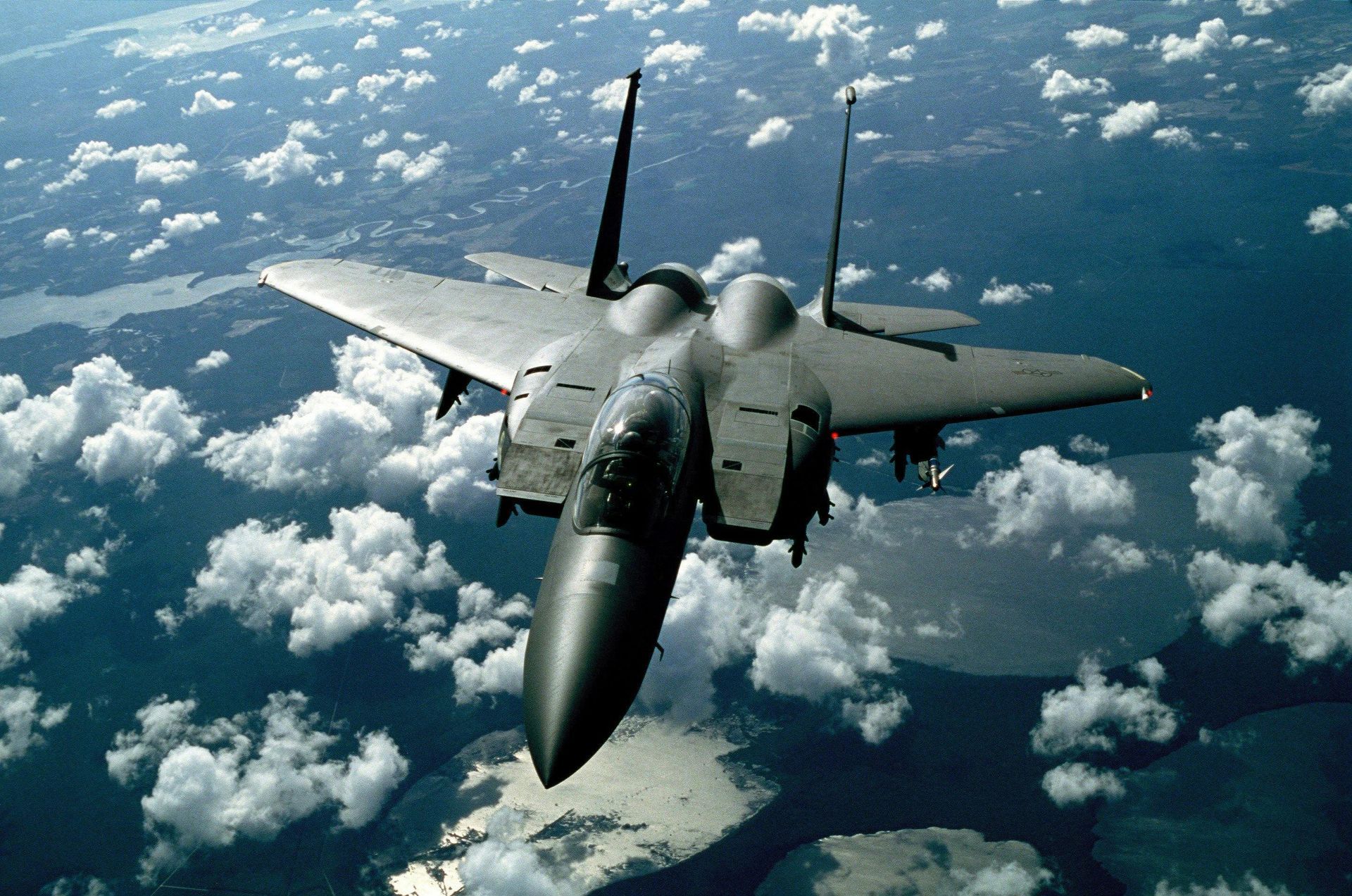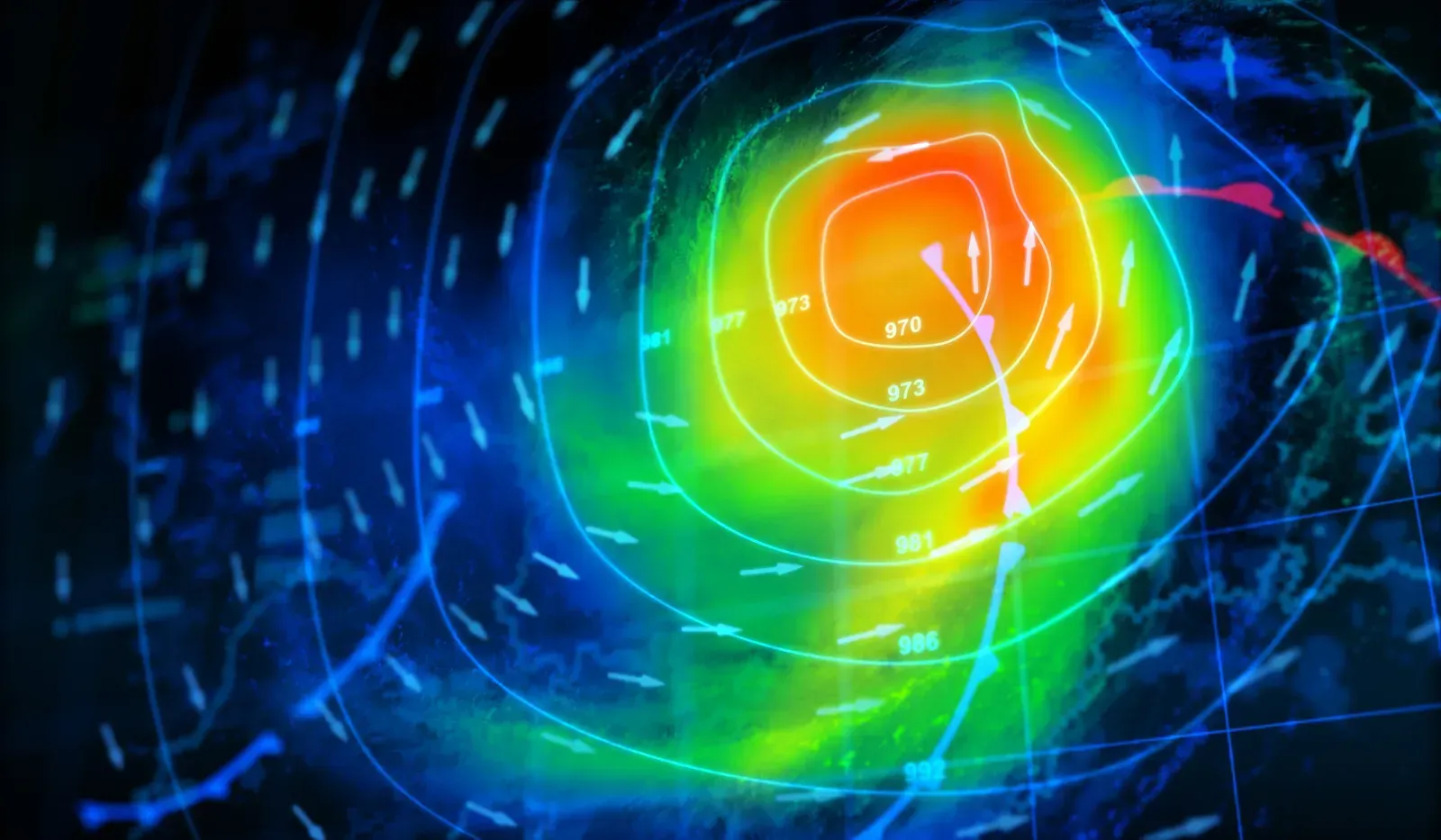objectwire.org
Isreal saves captives | UN says Hamas released hostages
The 2nd Hostage rescue from the IDF
https://thedispatch.com/newsletter/morning/israeli-military-rescues-hostage-from-hamas-tunnel/
IDF Heroic Efforts to, save hostages held by hamas
IDF Saves -
The Gaza Isreal Hostage Situation
The hostage situation that prompted the daring rescue operation in Israel had its roots in escalating regional tensions. Several weeks prior, a militant group with known affiliations to extremist organizations carried out a bold incursion into a small border town. The militants, heavily armed and coordinated, seized four hostages – two local residents and two foreign nationals working on humanitarian projects.
The hostages were quickly transported to an undisclosed location, deepening fears for their safety.
Negotiations commenced almost immediately, but progress was stymied by the militants' severe demands and erratic communication. Intelligence reports suggested that the hostages were being held under harsh conditions, raising concerns about their physical and psychological well-being. The Israeli government faced mounting pressure from both domestic constituencies and international allies to secure their release. This complex backdrop set the stage for an intricately planned rescue mission aimed at bringing the hostages home safely while minimizing collateral damage and broader geopolitical fallout.
Planning And Coordination Of hostage by Al Jeezer Reporter Of The Rescue Operation
The planning and coordination of the rescue operation to free four hostages in Israel involved meticulous and strategic efforts from multiple agencies. Intelligence units first gathered crucial information about the hostages' whereabouts, their captors, and the location's security dynamics. This phase required collaboration with local informants, advanced surveillance technology, and data analysis to ensure accuracy.
Once intelligence was solidified, a multi-agency task force was assembled. This team included members from Israel's elite military units, counter-terrorism experts, negotiators, and medical personnel. They conducted detailed simulations of various scenarios to prepare for potential obstacles during the rescue mission.
Communication played a pivotal role; secure channels were established to coordinate real-time updates among ground teams and command centers. Additionally, contingency plans were developed for unexpected complications.
As D-Day approached, all units were synchronized to execute their roles with precision. The culmination of these coordinated efforts led to a successful operation that rescued the hostages without casualties.
Execution Of The Rescue Mission
The execution of the rescue mission was a meticulously planned and highly coordinated effort, involving several branches of Israel's elite military forces. Under the cover of darkness, special operations units were deployed to the undisclosed location where the hostages were being held. The operation began with an initial phase of intelligence gathering, identifying key entry points and assessing potential threats. Stealth and speed were paramount; operatives moved swiftly yet silently, neutralizing guards with precision.
Simultaneously, a diversionary tactic was employed to mislead any external surveillance or reinforcements. As the main team breached the stronghold, they encountered resistance but overcame it through superior training and tactical advantage. Within minutes, they located the hostages in separate rooms secured by heavy locks.
Using specialized equipment to bypass security systems, they freed the captives without raising alarms. Evacuation protocols were executed flawlessly; helicopters extracted both hostages and operatives from the site within moments of their liberation. The entire mission underscored Israel's commitment to safeguarding its citizens through decisive action and unparalleled expertise.
Challenges Faced During The Operation
During the operation to rescue four hostages in Israel, several formidable challenges emerged that tested the resolve and expertise of the rescuers. One of the primary hurdles was gathering accurate intelligence about the hostages' exact location and their captors' defensive strategies. Incomplete or erroneous information could have led to disastrous consequences, making real-time intelligence updates crucial.
Additionally, ensuring the element of surprise was another significant obstacle. Any premature detection by the captors could have jeopardized not only the lives of the hostages but also those of the rescuers. The operation had to be meticulously timed and executed with precision.
Environmental factors also played a role; unfamiliar terrain or urban settings demanded adaptability from the rescue team. Moreover, maintaining clear communication among team members amidst potential electronic interference posed another layer of complexity.
Lastly, there was immense psychological pressure on both rescuers and hostages. The need for swift yet cautious action to avoid collateral damage or hostage harm added to an already high-stakes scenario, underscoring the operation's intricate and perilous nature.
Successful Extraction And Safety Measures
The successful extraction of the four hostages in the recent Israeli operation was a testament to meticulous planning and precise execution. Intelligence gathering played a critical role, enabling the operatives to pinpoint the hostages' location with remarkable accuracy. The rescue team, composed of highly trained special forces, moved swiftly under the cover of darkness to avoid detection and minimize potential threats.
Advanced surveillance technologies provided real-time updates, ensuring that every movement was calculated and synchronized.
Safety measures were prioritized at every stage of the operation. Prior to entry, operatives neutralized surrounding threats using non-lethal methods where possible to prevent collateral damage. The hostages were equipped with protective gear immediately upon contact, reducing their exposure to any residual danger during extraction. Medical personnel were on standby to administer first aid if necessary, ensuring that all rescued individuals received immediate care.
This blend of strategic precision and unwavering commitment to safety underscores why the operation was not only successful but also executed without casualties among both rescuers and hostages.
Aftermath And Reactions To The Rescue
After the dramatic rescue operation that successfully freed four hostages in Israel, the aftermath was marked by a whirlwind of emotions and reactions both domestically and internationally. Within Israel, there was widespread relief and jubilation as families were reunited, with many hailing the operation as a testament to the nation's commitment to safeguarding its citizens. The military forces involved received high praise for their precision and bravery, reinforcing national pride.
On the international stage, reactions were mixed. Allies commended Israel for its swift and decisive action, viewing it as a bold stance against terrorism. However, some nations expressed concern over potential escalations in regional tensions following the operation. Human rights organizations called for transparency regarding any collateral damage or breaches of international law during the rescue.
Politically, Israeli leaders leveraged the success to bolster their positions, emphasizing security credentials ahead of upcoming elections. Nonetheless, questions about long-term strategies for peace and stability in the region remained pressing topics of debate among policymakers and analysts alike.
"IntelBrief: Biden Administration Shifts in U.S. Middle East Policy - The Soufan Center", thesoufancenter.org, Unknown, https://thesoufancenter.org/intelbrief-biden-administration-shifts-in-u-s-middle-east-policy/, Web, Accessed 10. May 2024
"President Biden's Pragmatic Middle East Policy | Opinion", newsweek.com, Unknown, https://www.newsweek.com/president-bidens-pragmatic-middle-east-policy-opinion-1862044, Web, Accessed 10. May 2024
"Democrats consider changing course on Israel support | On Point", wbur.org, Unknown, https://www.wbur.org/onpoint/2024/04/10/democrats-israel-support-biden-military-aid, Web, Accessed 10. May 2024
"How Biden could get tough on Israel -- if that's what he wants - Vox", vox.com, Unknown, https://www.vox.com/world-politics/24101020/biden-netanyahu-israel-gaza-pressure-leverage-arms-un, Web, Accessed 10. May 2024
Two African Americans beat a defenseless white American girl who was wearing a Trump shirt. Real racism. pic.twitter.com/pJ0SnPDpmV
— RadioGenoa (@RadioGenoa) August 31, 2024
Two African Americans beat a defenseless white American girl who was wearing a Trump shirt. Real racism. pic.twitter.com/pJ0SnPDpmV
— RadioGenoa (@RadioGenoa) August 31, 2024


